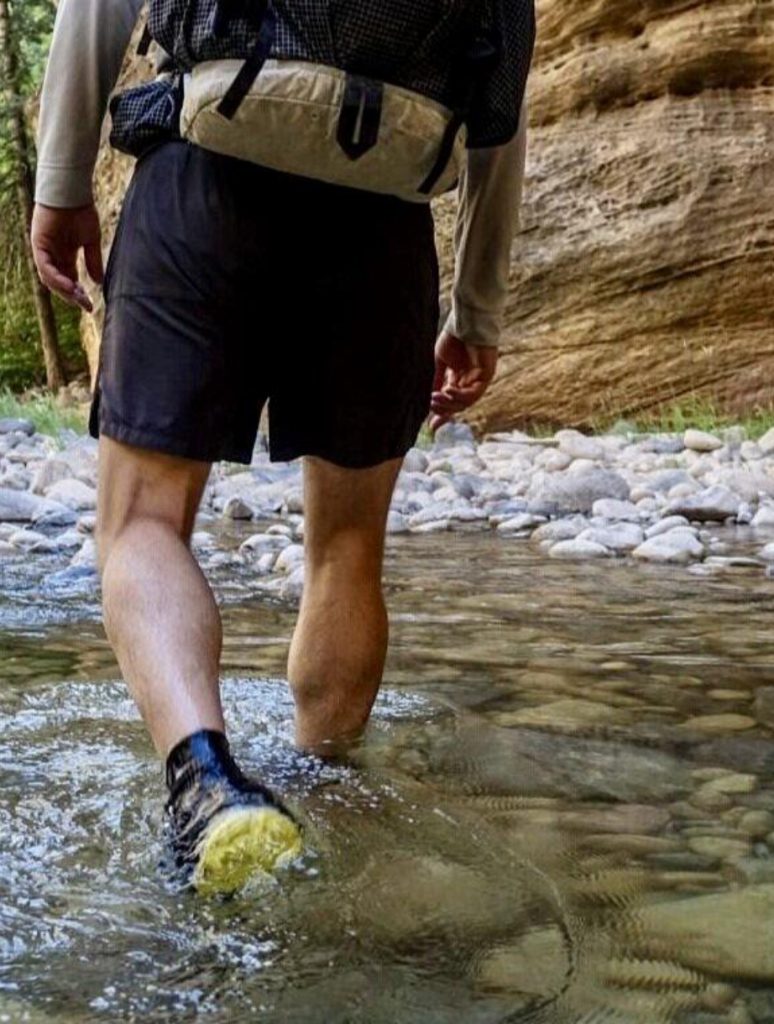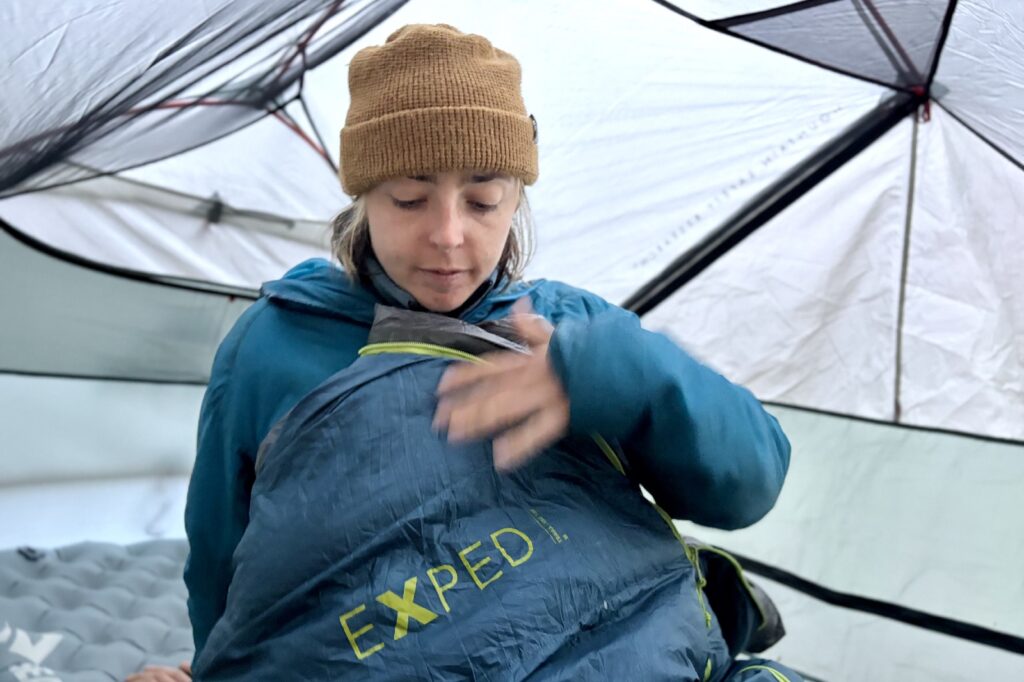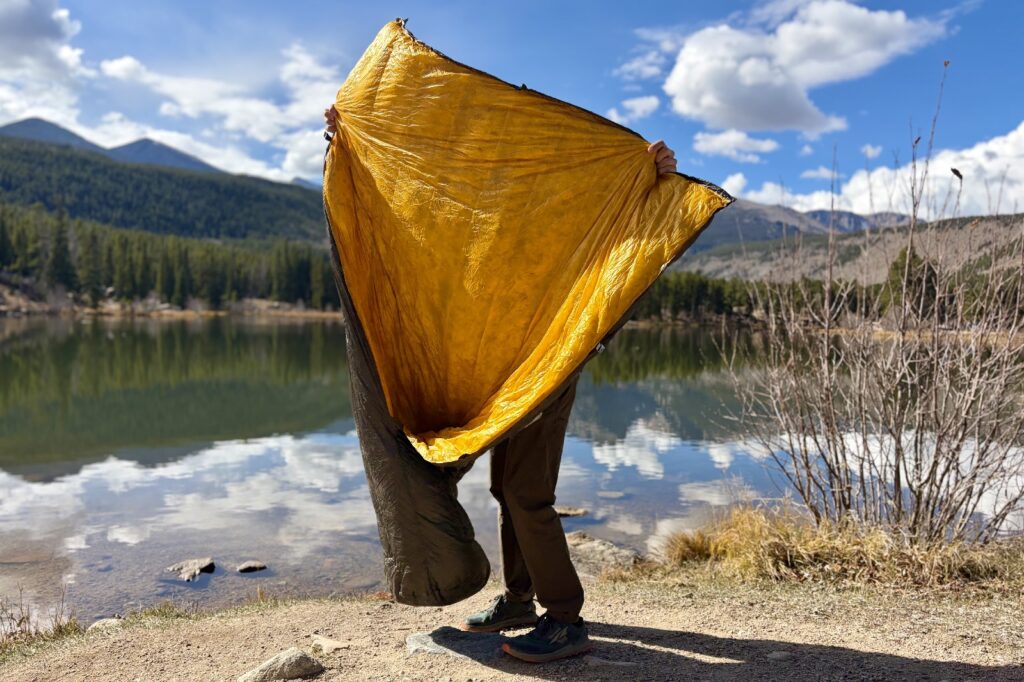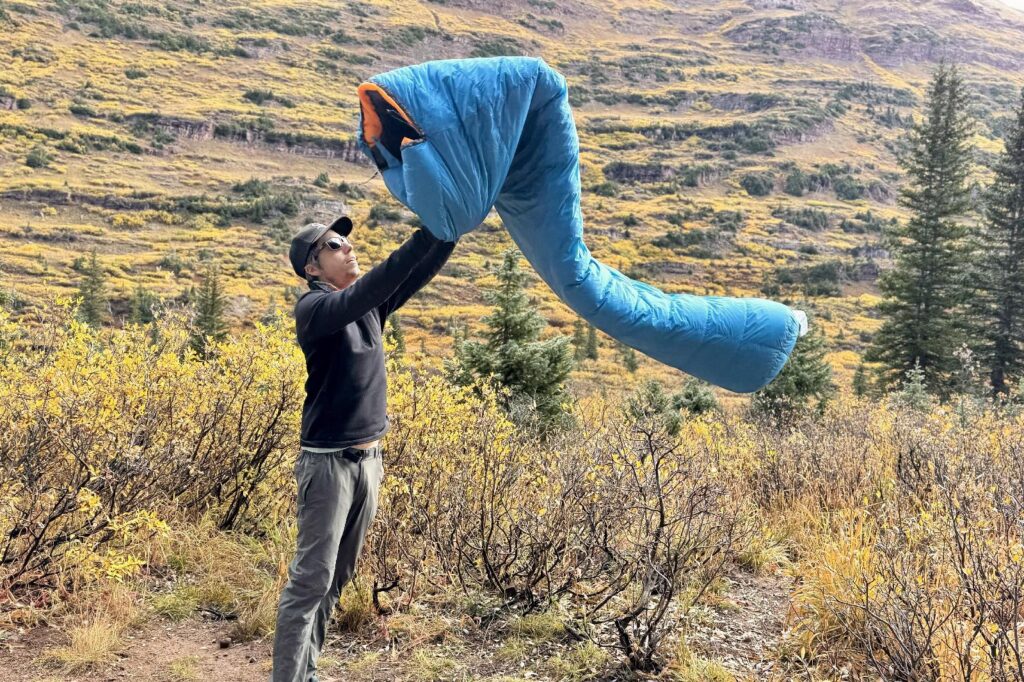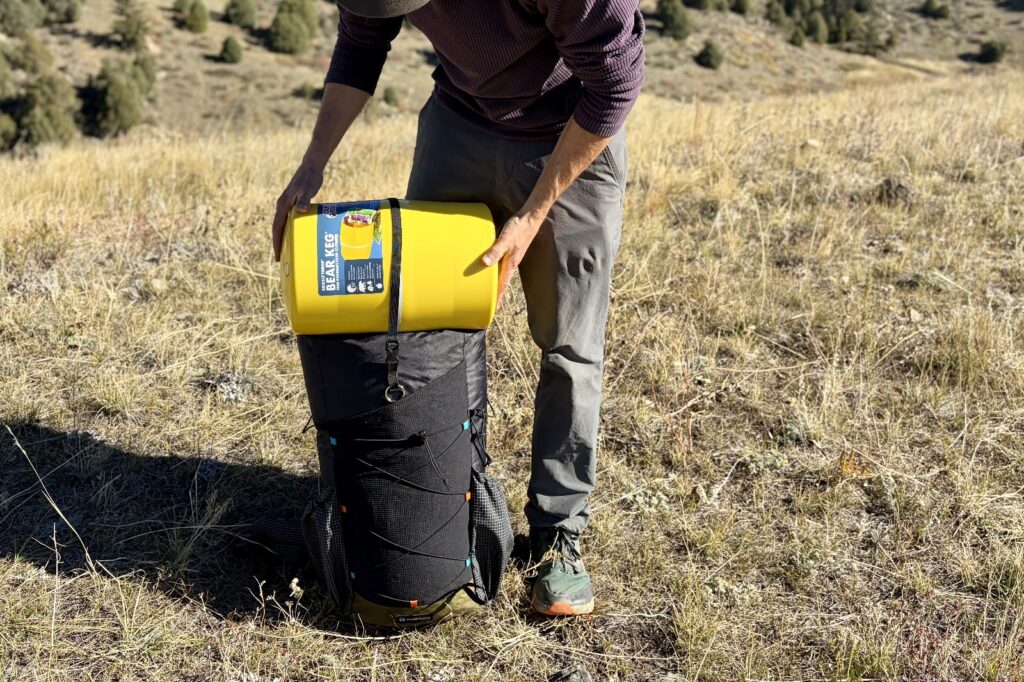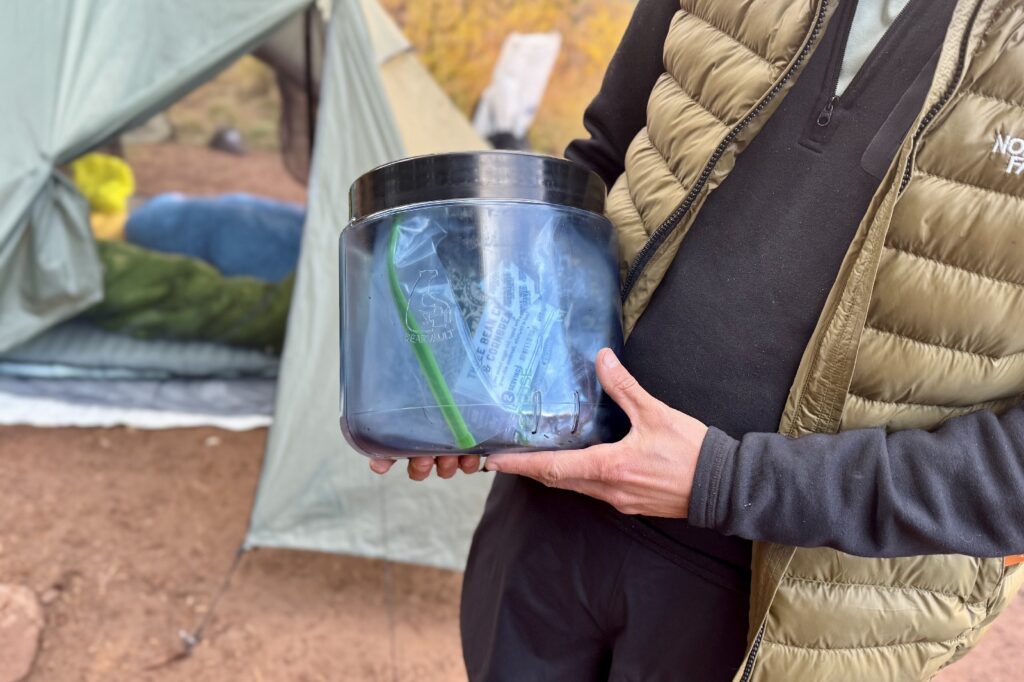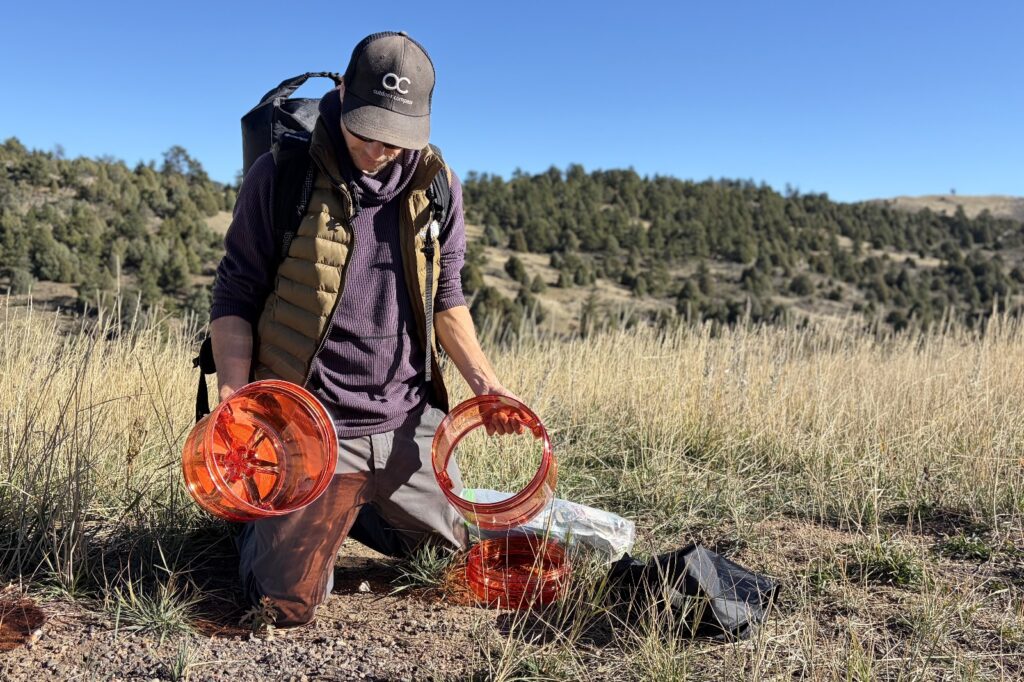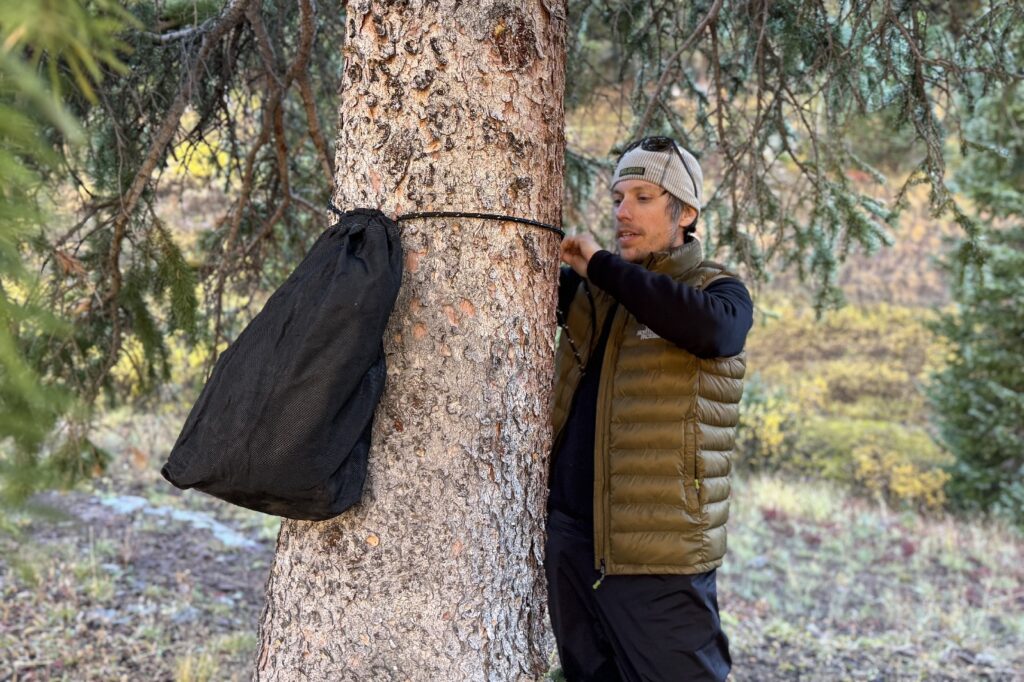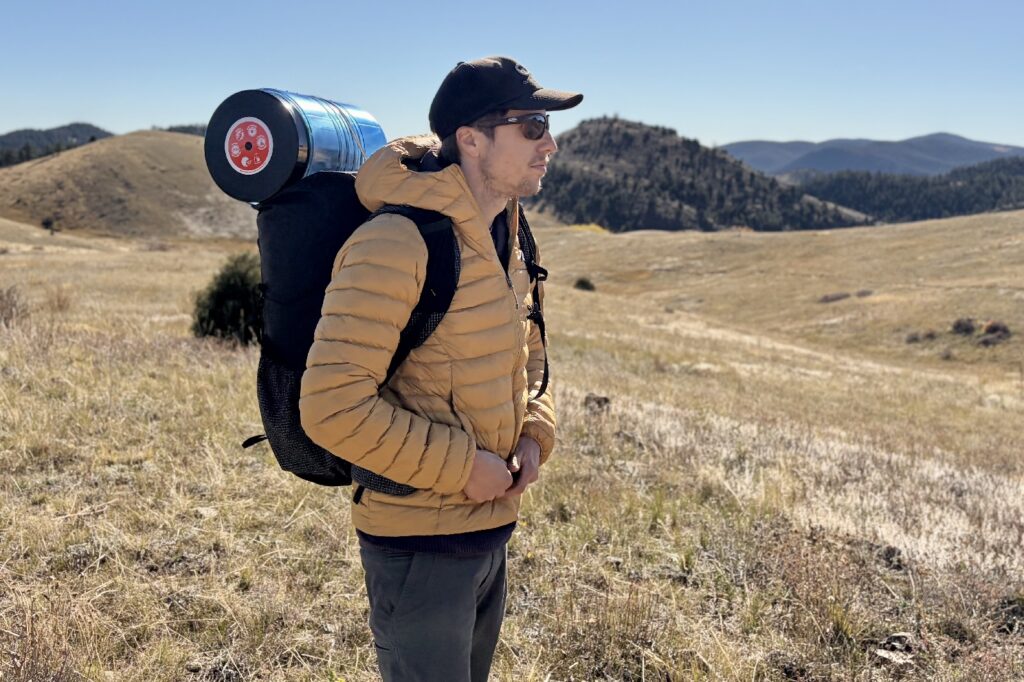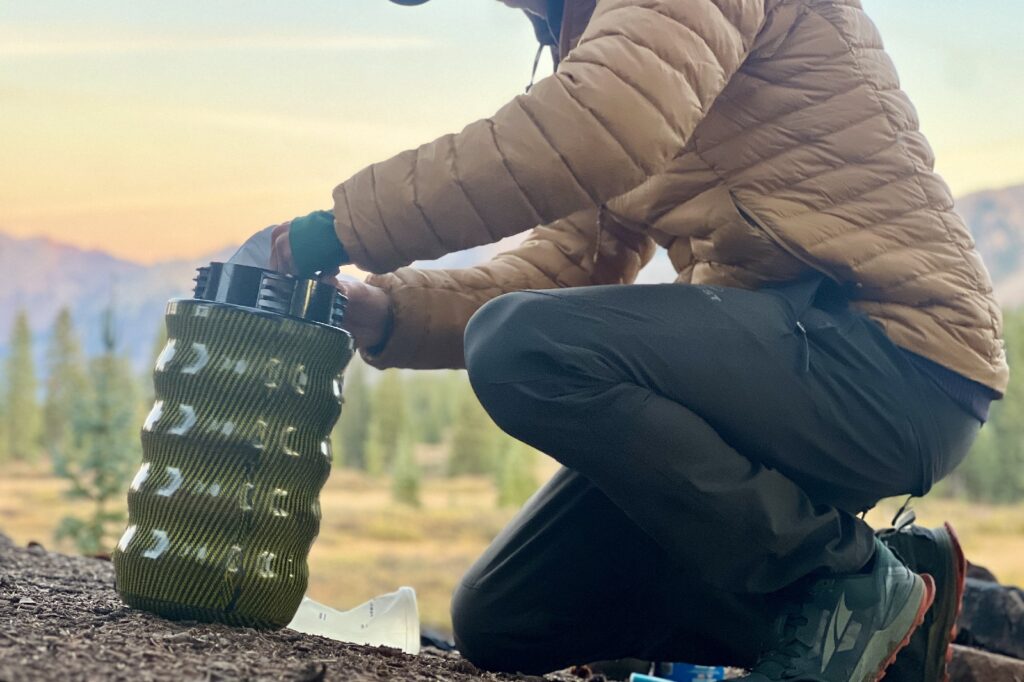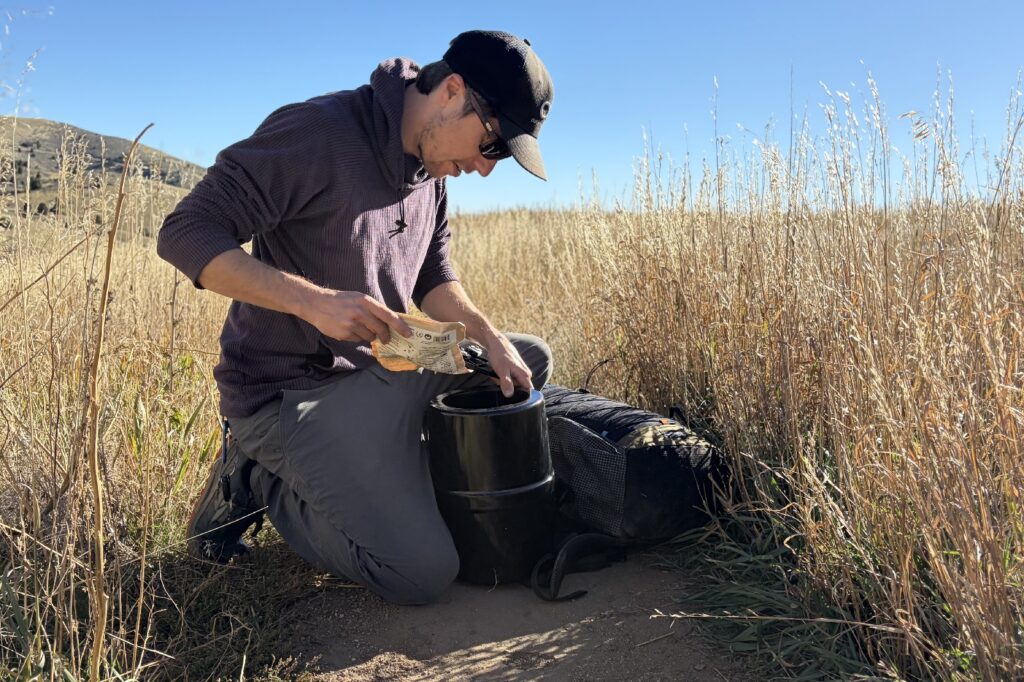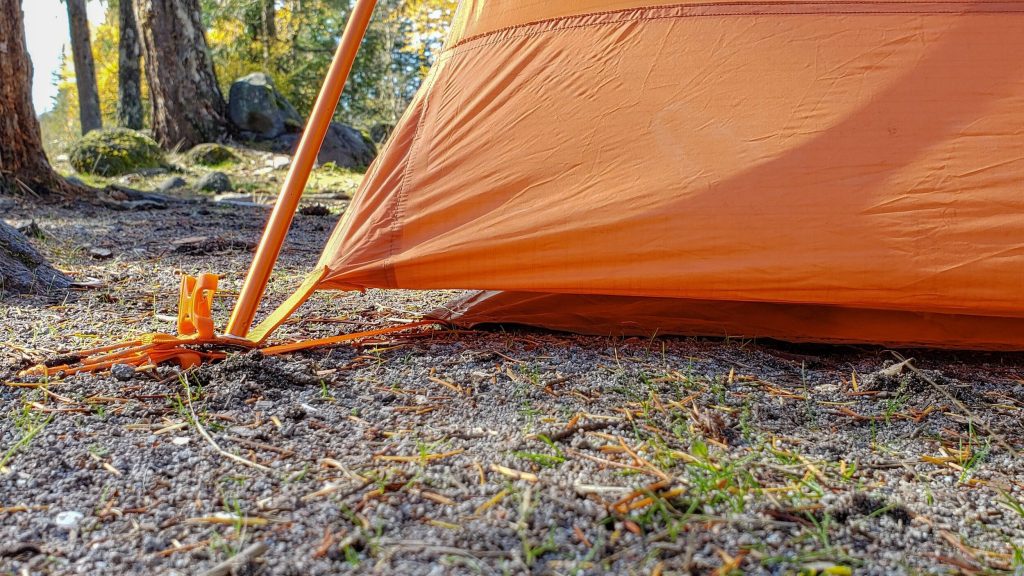
Let’s face it, tents are expensive. You want your tent to last as long as possible, but spending another $40+ on something you just dropped hundreds on is not ideal. When it comes to deciding whether or not you should get (or make) a footprint, it’s important to consider things like what fabric your tent is made of, where you do most of your backpacking, and how important saving a few ounces is to you.
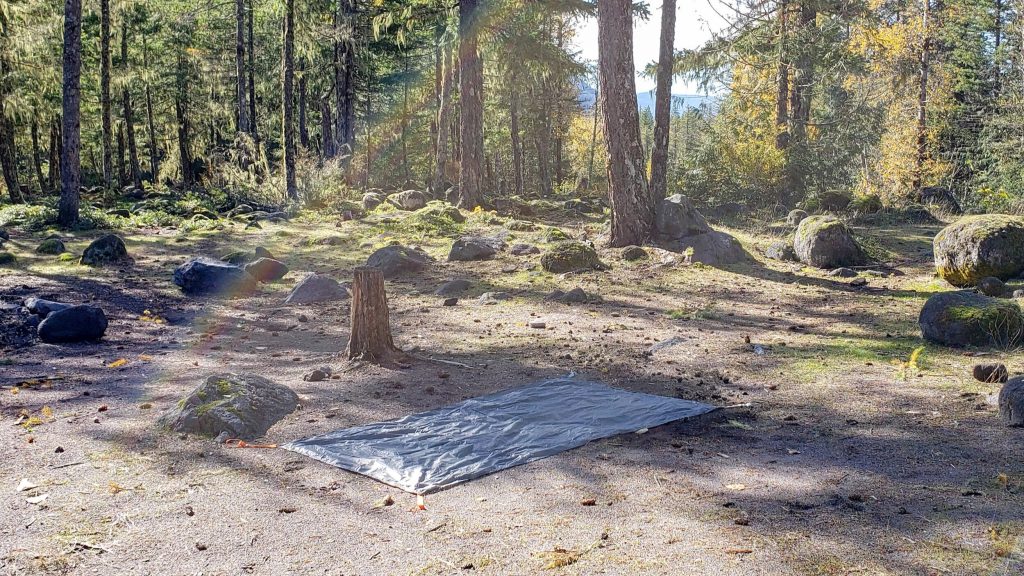
What Does A Footprint Do?
The main purposes of a footprint are to protect the floor of your tent from sharp and abrasive objects (like sticks, roots, and rocks) and to keep your tent clean of mud and tree sap. Despite popular belief, footprints do not add waterproofing to the bottom of your tent. The floors of almost all modern tents are already made of waterproof fabric.
Abrasive Stuff – Little twigs and pebbles may not seem like a big deal, but repetitious abrasion on the same spot can eventually wear a hole in thin tent floor fabric. A footprint adds an extra layer of protection from abrasive objects and can extend the life of your tent. Carefully choosing a site and meticulously clearing debris away before pitching your tent will reduce the risk of mishaps.
Messy Stuff – We all expect our gear to get a little dirty when we take it outside, but having sticky tree sap all over the bottom of your tent can be a real nightmare. Footprints can take the brunt of the sap and berry stains to keep your tent looking and feeling pristine for longer.
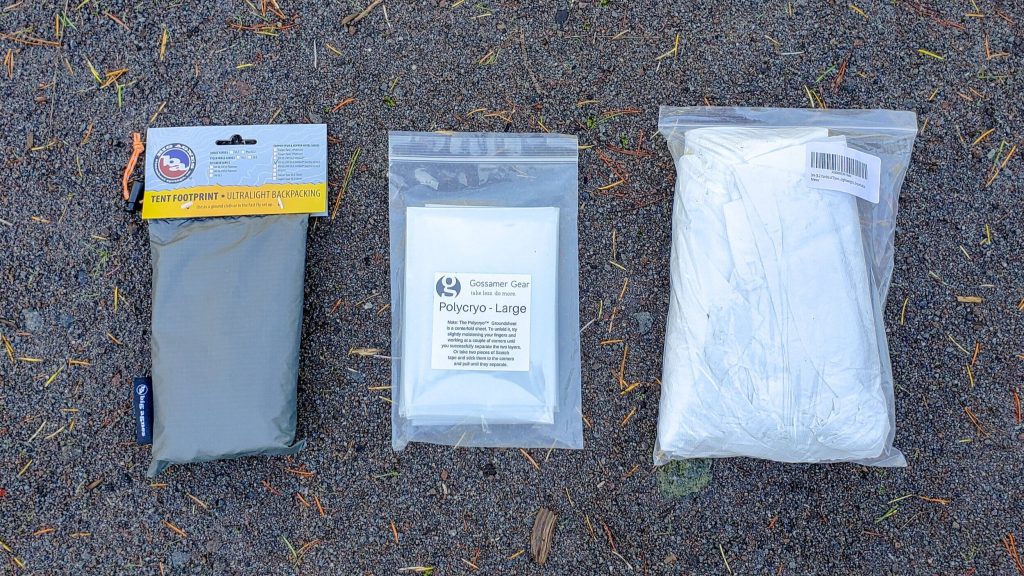
Things To Consider Before You Buy
Fabric Denier – Denier describes the weight of the thread used to make a fabric weave; the higher the denier, the thicker the fabric. For example, the Big Agnes Copper Spur HV UL 2 has a 20-denier nylon floor and the MSR Hubba Hubba NX 2 has a 30-denier nylon floor, so the Hubba Hubba will have a thicker (and more durable) floor.
If your tent is made from a low denier fabric, a footprint is something you’ll want to strongly consider purchasing or making to extend the durability of your tent floor. We generally skip the footprint for tents with a floor that is 30-denier or higher, but that’s ultimately a personal decision.
Terrain – You likely don’t need a footprint if most of your camping and backpacking is on soft sand or in lush grassy areas. Mountainous areas and dense forests, however, usually mean roots, sticks, and rocks everywhere, which can wear down the fabric of your tent over time. One perfectly positioned pebble or twig could be all it takes to put a hole in your floor.
That said, If you do find yourself with a small hole or rip, we recommend repairing it with Tenacious Tape. T-tape is seriously strong and has kept some of our imperfect gear going for many years.
Weight – Footprints can significantly increase the total weight of your shelter system. For example, the NEMO Hornet 2P has a packaged weight of 2 lbs. 8 oz., and the footprint weighs 6.9 oz – adding more than 15% more weight to your tent. If you’re an ultralight backpacker looking to cut ounces where you can, the manufacturer’s footprint is probably not worth it for you to carry.
Cost – A good backpacking tent or ultralight backpacking tent will set you back hundreds of dollars and rarely include a footprint. Footprints generally run between $40 and $100 – adding even more cost to your high-cost gear.
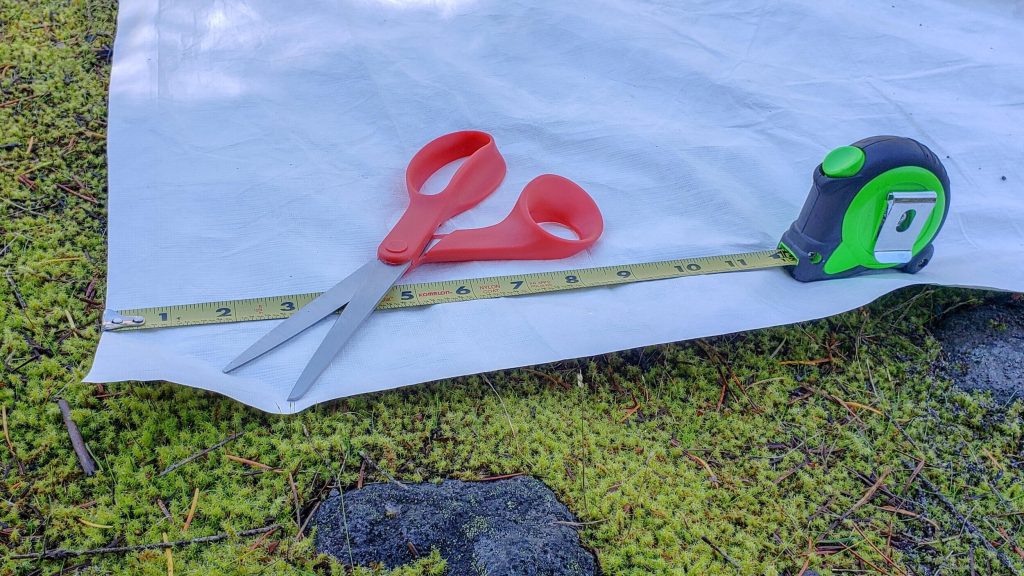
DIY Footprints
So, you would really like to use a footprint, but the cost and/or weight is just too much. Make your own!
Making your own footprint costs significantly less and is almost always going to be lighter. Many backpackers opt to use Tyvek – yes, the house wrap – cut to shape as a groundsheet because it’s waterproof, cheap, and virtually indestructible. Polycryo (AKA poly/polycro) is another popular choice for budget-friendly DIY groundsheets. Polycryo is much lighter than Tyvek but not nearly as durable. Here’s how the approximate weights of the fabrics compare:
- PU Coated Nylon (material in manufacturer footprints) – 1.9 oz./ sq. yd.
- Tyvek – 1.85 oz./ sq. yd.
- Polycryo – .55 oz./ sq. yd.
If you are going to cut your own footprint to shape, make sure you cut it about an inch shorter than your tent floor on all sides. If you have fabric sticking out from under your tent or too close to the edge of your tent floor, it can catch water and pool it up underneath your tent.
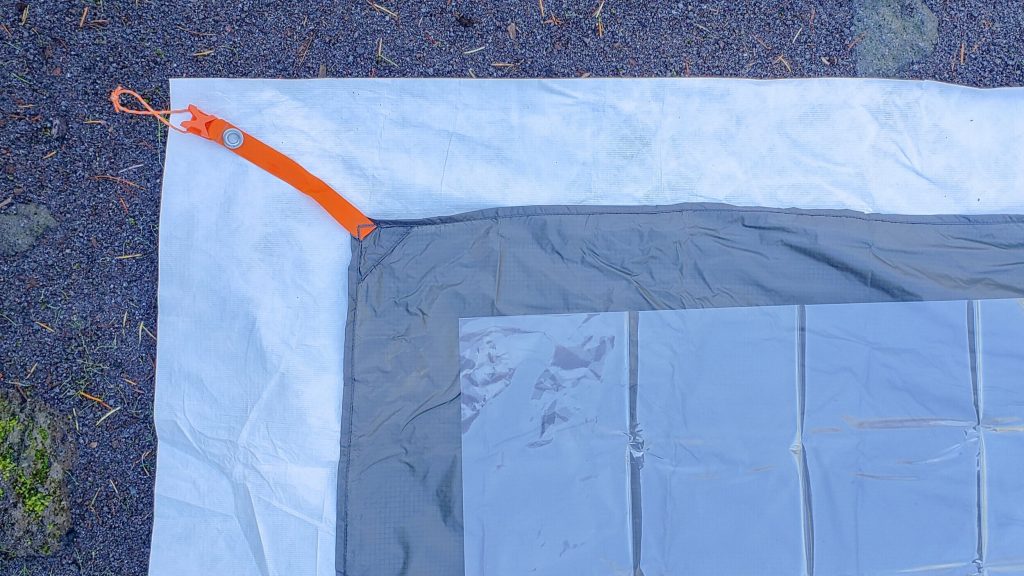
Final Thoughts
Tent footprints may not be necessary, but they can help extend the life of your tent. If you have a tent with a low denier floor, it might be worth it to shell out the extra dollars for a footprint or to make your own – if you find that added durability worth the trade off in added weight. Footprint or not, we always make sure to meticulously clear twigs, rocks, and pinecones from our campsites before pitching a tent to avoid any mishaps.


